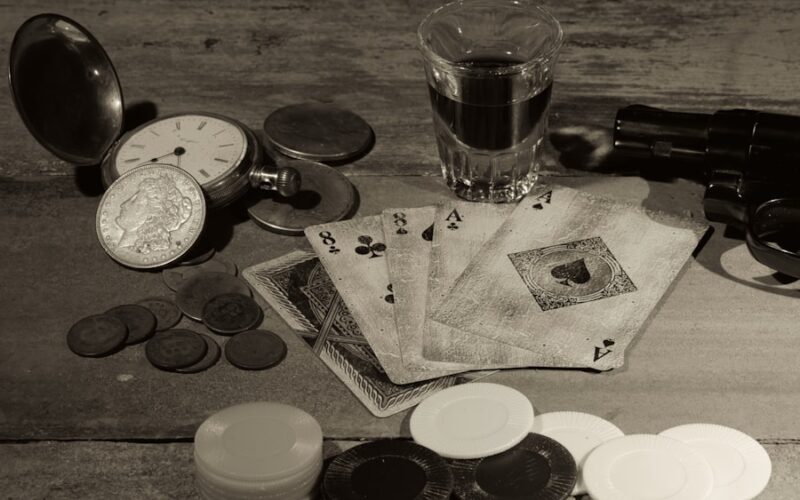The concept of multipliers in crash games can be traced back to the early days of arcade gaming. In the 1980s, games like Pac-Man and Galaga introduced the idea of earning higher scores by chaining together successful actions. This mechanic was a simple yet effective way to incentivize players to take risks and push their skills to the limit. As the gaming industry evolved, so did the use of multipliers. In the 1990s, games like Sonic the Hedgehog and Super Mario Bros. introduced the idea of collecting power-ups that would temporarily increase the player’s score multiplier. This added a new layer of strategy to the gameplay, as players had to decide when to use their power-ups for maximum effect.
The Early Development of Multiplier Mechanics
The early development of multiplier mechanics in crash games was a result of the growing demand for more engaging and rewarding gameplay experiences. As technology advanced, game developers began to experiment with new ways to keep players coming back for more. In the late 1990s and early 2000s, games like Tony Hawk’s Pro Skater and SSX introduced the concept of combo multipliers, where players could earn higher scores by chaining together tricks and stunts. This added a new level of skill and precision to the gameplay, as players had to carefully time their moves to maximize their score potential. The success of these games paved the way for the widespread use of multipliers in crash games, as developers realized the potential for creating more dynamic and competitive experiences.
Innovations in Multiplier Features
Innovations in multiplier features have played a crucial role in shaping the modern landscape of crash games. In recent years, game developers have introduced a wide range of new mechanics and features that have expanded the possibilities for multipliers. For example, some games now include dynamic multipliers that change based on the player’s performance, adding an extra layer of challenge and excitement. Other games have introduced multiplayer modes that allow players to compete against each other for the highest score multiplier, creating a more social and competitive experience. Additionally, some games now include customizable multiplier settings that allow players to tailor their experience to their own preferences, further enhancing the replay value of crash games.
The Impact of Multipliers on Player Engagement
The impact of multipliers on player engagement cannot be overstated. Research has shown that the presence of multipliers can significantly increase player motivation and enjoyment. By offering players the opportunity to earn higher scores and rewards through skillful play, multipliers create a sense of accomplishment and progression that keeps players coming back for more. Additionally, the competitive nature of multipliers can drive players to push themselves to improve their skills and achieve higher scores, leading to a more engaging and rewarding experience. Furthermore, the social aspect of multiplayer modes can foster a sense of community and camaraderie among players, further enhancing player engagement.
The Evolution of Multipliers in Modern Crash Games
The evolution of multipliers in modern crash games has been marked by a continued focus on innovation and creativity. Game developers are constantly pushing the boundaries of what is possible with multipliers, introducing new mechanics and features that keep players engaged and excited. For example, some games now include dynamic environments that can affect the player’s score multiplier, adding an extra layer of challenge and unpredictability. Other games have introduced cooperative multiplayer modes that allow players to work together to achieve higher score multipliers, fostering a sense of teamwork and collaboration. Additionally, some games now include narrative-driven multiplier mechanics that tie into the game’s story and world, creating a more immersive and cohesive experience for players.
The Role of Multipliers in Game Design
The role of multipliers in game design is multifaceted and complex. On one hand, multipliers serve as a powerful tool for incentivizing player engagement and skillful play. By offering players the opportunity to earn higher scores and rewards through skillful play, multipliers create a sense of accomplishment and progression that keeps players coming back for more. Additionally, multipliers can add an extra layer of challenge and excitement to gameplay, as players strive to achieve higher scores and outperform their peers. On the other hand, multipliers also play a crucial role in shaping the overall experience and feel of a game. By carefully balancing the risk and reward of multipliers, game designers can create a more dynamic and engaging experience that keeps players on the edge of their seats.
The Future of Crash Game Multipliers
The future of crash game multipliers is bright and full of potential. As technology continues to advance, game developers will have even more tools at their disposal for creating innovative and exciting multiplier mechanics. For example, advancements in virtual reality and augmented reality technology could open up new possibilities for immersive and interactive multiplier experiences. Additionally, as the gaming industry continues to grow and evolve, we can expect to see even more creative and ambitious uses of multipliers in crash games. From dynamic environments that affect score multipliers to narrative-driven multiplier mechanics that tie into the game’s story and world, the future of crash game multipliers is sure to be filled with surprises and excitement. Ultimately, multipliers will continue to play a crucial role in shaping the landscape of crash games, offering players new ways to engage with their favorite titles and pushing the boundaries of what is possible in gaming.

